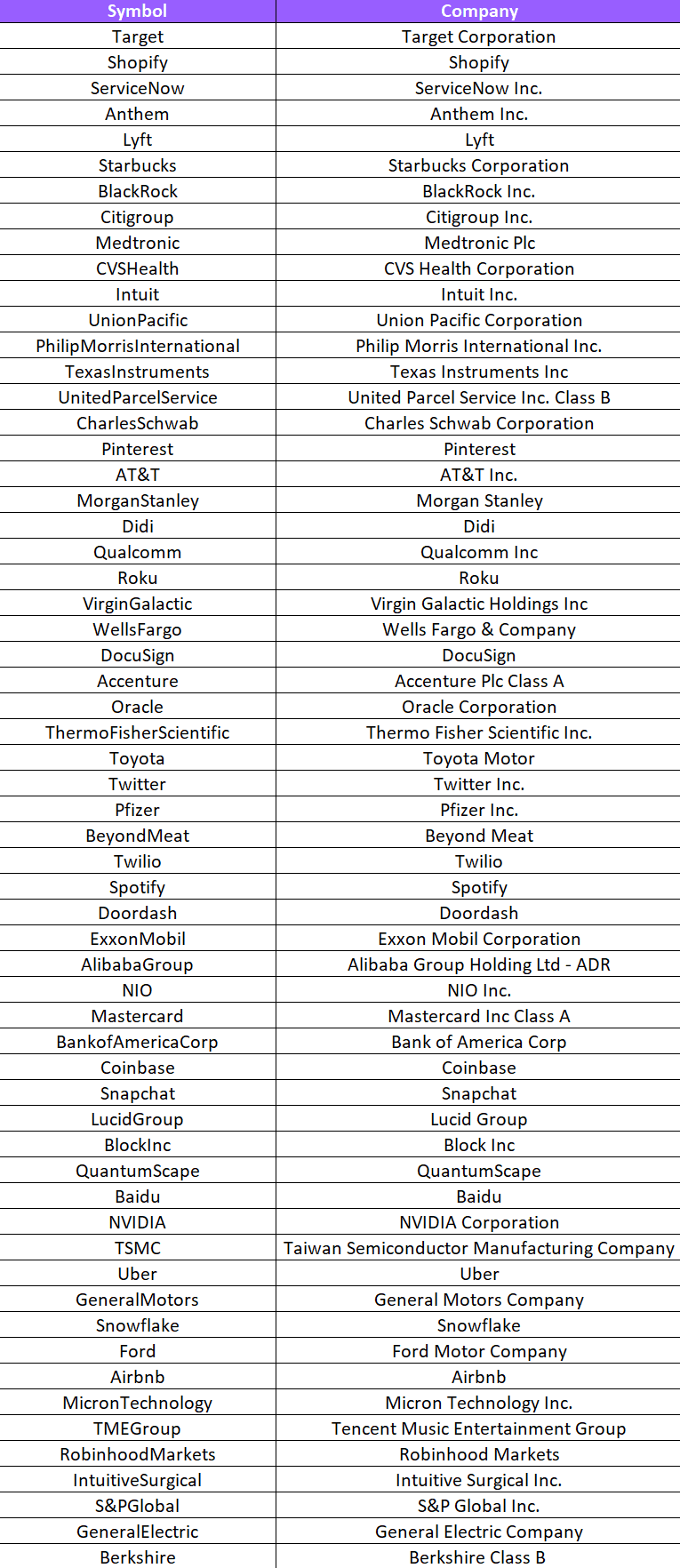Fusion adds 50+ Commission Free US Equities

That’s right, we have more than doubled our US Equity product line to 110 US equities. We want to ensure that our traders have the best costs, spreads and range of products, so it’s important to us that the most actively traded equities on the US market are available at Fusion, with no commission.
We now offer all equities in the NASDAQ 100 and more.
You’ll be able to find the entire list of newly added US Share CFDs in the table at the bottom of this page. For a complete list of all our trading products visit our trading product page.
How can I access these new equities?
When you open your MetaTrader 5 platform and log into your Fusion account, you should already be able to access the entire range of new US Equities. If you don’t see all products, you need to right click in the “symbols” tab of the “market watch” and select “show all”.
What are the trading times for US Equities?
Trading of US Equities on Fusion Markets follows the normal trading times of the US Equities market. This means trading hours are between 9:30 - 14:00 New York time, or for Australians, that translates to 01:30 - 08:00 Australian Eastern Standard Time (AEDT).
Will buying these US Equities be like buying a US Share?
No. It’s important to remember this is a Contract for Difference (CFD) and not a share. In a CFD you don’t own the underlying stock, but are instead trading on the underlying asset price.
We use CFDs as they are one the best financial products for traders to capitalise on the price action of an asset via leverage. This form of derivative gives traders the best opportunities to take advantage of movements whether up or down. If you believe an equity is overvalued, a CFD is an excellent way to enter a position that will profit if the equity price falls. Additionally, with a CFD you are also able to increase your position size with leverage.
Full list of new US Equities available on Fusion markets

I still have questions about the new US Equities
We are available around the clock, so if you have any further questions you can check out our FAQ page (most questions are answered here) or visit our contact page to get more information.
We’ll never share your email with third-parties. Opt-out anytime.